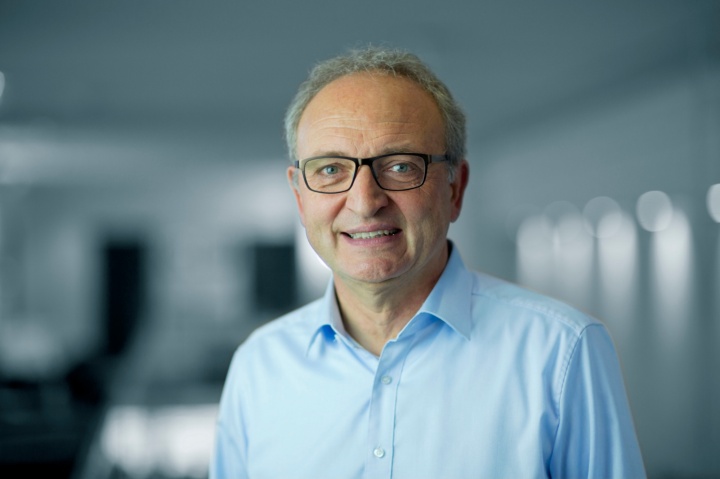General Information
The short course will take place on each Friday from 6 to 20 November 2020, , 2-4 pm (CET).
Online short course
This short course series is presented by the Porous Media Group at the University of Bergen, in collaboration with the University of Oslo, Norwegian University of Science and Technology and Simula. The series is supported by RCN project 250223, Wintershall Dea, and Equinor via the Akademia agreement and the VISTA Center for Modeling of Coupled Subsurface Dynamics.
The course is free of charge.
Send an email to Eirik.Keilegavlen@uib.no, with name, institution and email address. The email should be linked to the Zoom account you will use to access the meeting. Login information for the individual lectures will be sent out no later than lunchtime at the Friday of the lecture.
The aim of the lectures is to give an insight into the physical-mathematical and numerical modelling of coupled free flow and porous-media flow systems. The special challenges of the physical-mathematical modelling will be discussed. Selected models will be used to illustrate how promising approaches can lead to incorrect results.
Key questions that will be addressed are:
- What are the most important fields of application (from salt precipitation of fuel cells and bio-technology)?
- What are the main challenges for modelling coupled porous media-free flow systems at interfaces on different scales?
Lecture I: Model concepts
- Free-flow system
- Laminar and turbulent flow
- Boundary layer effects
- Porous-media system
- Introduction to different coupling concepts (pro and cons)
Lecture II: Coupling concept for mass, momentum and energy transfer
- Coupling: porous media (Pore scale) – free flow
- Coupling: porous media (REV-scale) – free flow
Lecture III: Numerical solution strategies
- Free flow (staggered-grid FV-Method)
- Porous media flow (box or FV-methods, cell-centred or MPFA)
- What is the best coupling concept?
- Discussion of different solution strategies
More information
Lecturer
The short course is given by Prof. Rainer Helmig of the Department of Hydromechanics and Modelling of Hydrosystems, Institute for Modelling Hydraulic and Environmental Systems, University of Stuttgart. His research covers groundwater hydrology, multi-phase flow in porous media, numerical modeling, and the analysis of coupled processes between the unsaturated zone and the atmosphere. Special focus is on coupling hydrosystem compartments and complex flow and transport processes, as well as integrating data and models. Emphasis in on fundamental questions about physical and mathematical modeling of multi-phase processes, developing algorithms accounting for fluid phase changes and structural media heterogeneities, thereby forming a basis for various model concepts (e.g. predimensioning decontamination strategies and analyses of energy storage (gas, heat), including their effects on groundwater). Recent research focuses on understanding and modeling mass-and heat-flux processes across the land/atmosphere interface as controlled by dynamic interactions between the atmospheric boundary layer and the land surface.



